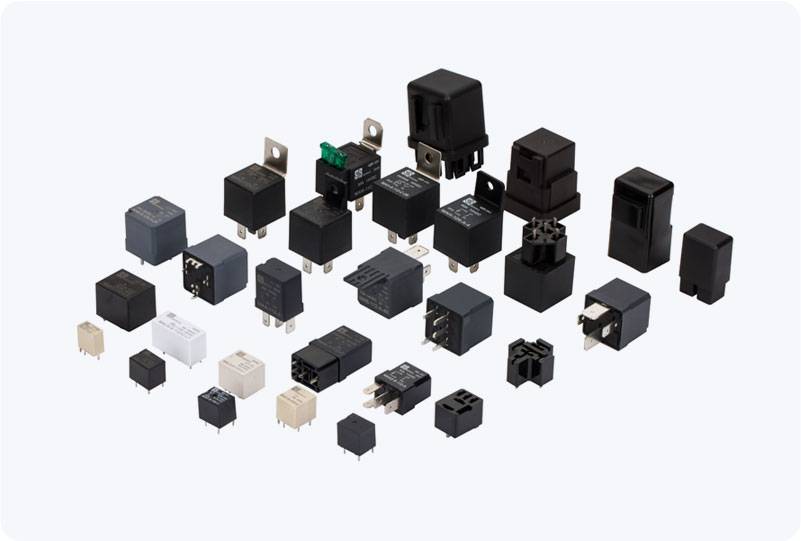understanding the vacuum arc extinguishing relay: a key to reliable power protection
Release time:2025-10-27 01:54:14
The Vacuum Arc Extinguishing Relay (VAER) plays a vital role in modern electrical systems, particularly in high-voltage circuits. In high-voltage applications, it is essential to protect equipment from the damaging effects of electric arcs during switching operations. This type of relay utilizes the unique properties of a vacuum to efficiently extinguish electric arcs, ensuring the reliability and longevity of electrical equipment. In this article, we will explore the working principle, key features, applications, and advantages of the Vacuum Arc Extinguishing Relay.

Working Principle
The core function of a Vacuum Arc Extinguishing Relay is to interrupt electrical current in high-voltage circuits, preventing damage caused by electric arcs. When a relay opens a circuit under load, the contact points begin to separate. This separation creates a gap, and the current flowing through the relay’s contacts generates an electric arc. In a conventional relay, the arc can persist, causing significant damage. However, in the case of a vacuum arc relay, the contact separation occurs in a vacuum chamber.
A vacuum environment provides an excellent dielectric medium that has an extremely high insulation property. This prevents the arc from maintaining its plasma state, causing it to dissipate almost instantly. The high dielectric strength of the vacuum allows the arc to be extinguished before it can spread, thus ensuring a clean and safe circuit interruption. This rapid extinguishing of the arc is one of the most critical advantages of vacuum arc technology.

